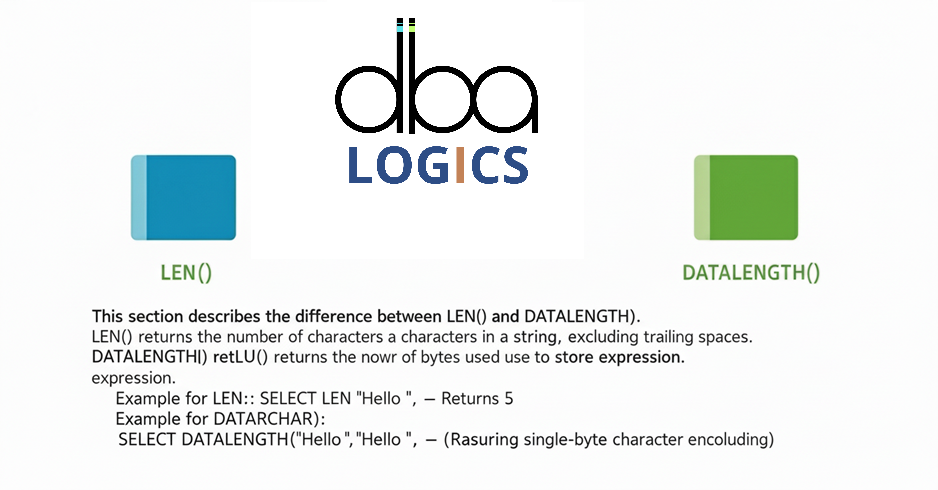
LEN() vs DATALENGTH() in SQL Server – Easy and Clear!
In this record, there is a concise and straightforward comparison of
LEN() and In SQL Server, DATALENGTH() is active. It points out their distinction, resemblances and suitable scenarios with full-scale examples, so that you can decide on the suitable use.your string length determinations. These nuances play an essential role in getting correct data storage and manipulation management on SQL server.
Understanding LEN()
In SQL Server, LEN function denotes the length of a given string.
Without any spaces at the end. It is an important detail to keep in mind. It runs on the rational
representation of string, interesting characters are focused.
Syntax:
- LEN(string_expression)
Example 1: Basic Usage
- SELECT LEN('Hello');
- -- Output: 5
This example shows the simple application of the LEN() to count the length in the string.
string "Hello".
Example 2: Trailing Spaces
- SELECT LEN('Hello ');
- -- Output: 5
- SELECT LEN(NULL);
- -- Output: NULL
LEN() returns NULL when the input is NULL.
Understanding DATALENGTH()
The DATALENGTH() on the contrary gives the number of bytes in use in DATALENGTH() on the other hand number of bytes.
can be synonymous with any expression. This is especially necessary where one is dealing with various data types, in particular, variable-length character types, such as VARCHAR and NVARCHAR. It reflects size of the physical storage size.
Syntax:
- DATALENGTH(expression)
Example 1: Basic Usage with VARCHAR
- SELECT DATALENGTH('Hello');
- -- Output: 5
If The string you are comparing with DATA TYPED is varchar, then the output is the same as LEN() since each character is made up of one byte.
Example 2: Trailing Spaces with VARCHAR
- SELECT DATALENGTH('Hello ');
- -- Output: 8
DATALENGTH() Unlike LEN(), DATALENGTH() contains trailing spaces in the number of bytes.
Example 3: NVARCHAR (Unicode)
- SELECT DATALENGTH(N'Hello');
- -- Output: 10
In this case, the prefix N is an NVARCHAR string which takes two bytes per character.
support Unicode. The result thus is 10 (5 characters * 2 bytes/character).
Example 4: NULL Values
- SELECT DATALENGTH(NULL);
- - Output: NULL
Similar to LEN(), DATALENGTH() also returns NULL when the input is NULL.
Example 5: Different Data Types
- DECLARE @myInt INT = 12345;
- SELECT DATALENGTH(@myInt);
- -- Output: 4 (INT typically uses 4 bytes)
- DECLARE @myDecimal DECIMAL(10,2) = 12345.67;
- SELECT DATALENGTH(@myDecimal);
- -- Output: 9 (Varies based on precision and scale)
The given examples demonstrate that DATALENGTH() may be applied to different types of data, not only to the ones actually utilized. strings, to calculate their size of the storage.
Summary
| Function | Measures | Includes Trailing Spaces? | Used For |
|---|---|---|---|
LEN() | Character count | ❌ No | Visible length of text |
DATALENGTH() | Byte size (storage) | ✅ Yes | Actual storage / data size |
When to use Which?
Size of the physical store Physical store size
- LEN() when: You want to know the number of meaningful characters of a string, by forgetting trailing spaces. This can be of assistance with validation, formatting as well as general string Pakistan as I have seen in the country where logical length matters.
- DATALENGTH() when: You are required to find the actual storage space taken by a value with trailing spaces, and with regard to the data type. This is important because optimization of "performance tuning, storage optimization, and appreciation of the effects of the various factors.
On their part data types do not have an effect on database size. When processing Unicode data it is also necessary. get the size of a byte correct.
Practical Scenarios
1. Verification of User Input: In case you desire to set a character count on what a user can enter into your page then this is what you need to be able to do it. A text field you should check the length by using LEN() and then only store the data.
- IF LEN(@UserInput) > 50
- BEGIN
- PRINT 'Input exceeds the maximum allowed length.';
- END
2. The Estimated Space Requirements: In order to estimate the space needed to store a massive volume of data the following formula is used: The length of all VARCHAR or NVARCHAR columns in a table could be arrived at by computing DATALENGTH() The arguments are a column and a row. mean of the size of such data of the columns.
- SELECT AVG(DATALENGTH(MyColumn)) AS AverageColumnSize
- FROM MyTable
3. Processing Unicode Data: Dealing with multi language data that were in the form of NVARCHAR columns, store space in databases can correctly estimate what is taken by each column using DATALENGTH() string.
- SELECT MyColumn, DATALENGTH(MyColumn) AS ByteLength
- FROM MyTable
- WHERE Language = 'Chinese'
4. Data Truncation Problems: In case you are facing data truncation problems in case of insertion, to check the size of data being inserted, DATALENGTH() is used to data into a column. and a measure of this against the greatest bulk of the column.
- IF DATALENGTH(@MyData) > DATALENGTH(REPLICATE('a', 100))-- Assuming column is
- VARCHAR(100)
- BEGIN
- PRINT 'Data exceeds the maximum column length.';
- END
Conclusion
LEN() and DATALENGTH() are helpful to manipulate in SQL Server with the length of the strings. they are used to accomplish different things. The logical character count (trailing) is returned through LEN() spaces), where as DATALENGTH() represents the physical number of bytes (including trailing spaces and with the consideration of data types). The decision to select the right function will be made based on whether or not you need to know.the significant length of the character or the real size representing the data in the storage. Understanding their the differences permits you to code more efficient and correct SQL statements, enhance storing space, and utilize Unicode effectively. Through the proper function, you will be able to evade prevalent traps associated with the manipulation of strings and the data storing in SQL Server.
LEN() and DATALENGTH() are helpful to manipulate in SQL Server with the length of the strings. they are used to accomplish different things. The logical character count (trailing) is returned through LEN() spaces), where as DATALENGTH() represents the physical number of bytes (including trailing spaces and with the consideration of data types). The decision to select the right function will be made based on whether or not you need to know.
the significant length of the character or the real size representing the data in the storage. Understanding their the differences permits you to code more efficient and correct SQL statements, enhance storing space, and utilize Unicode effectively. Through the proper function, you will be able to evade prevalent traps associated with the manipulation of strings and the data storing in SQL Server.


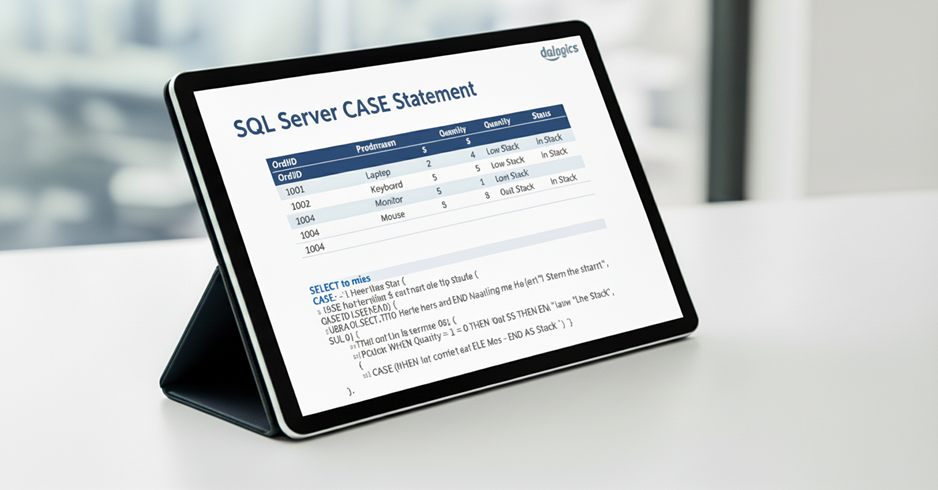
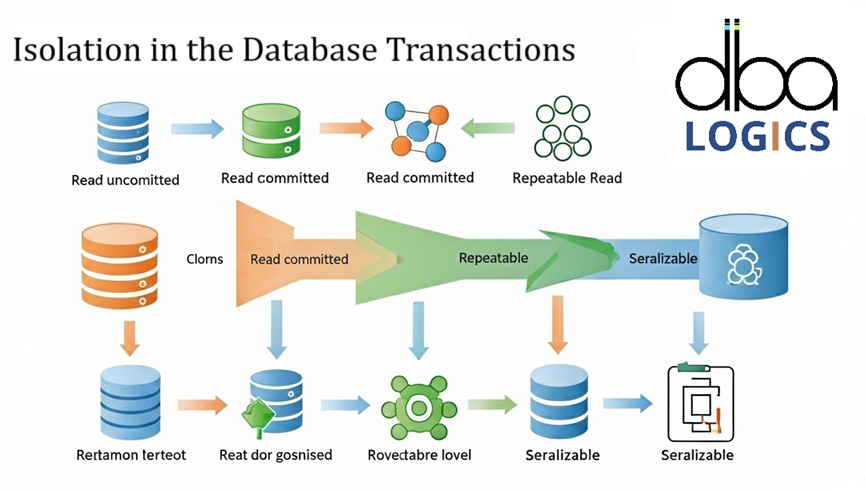

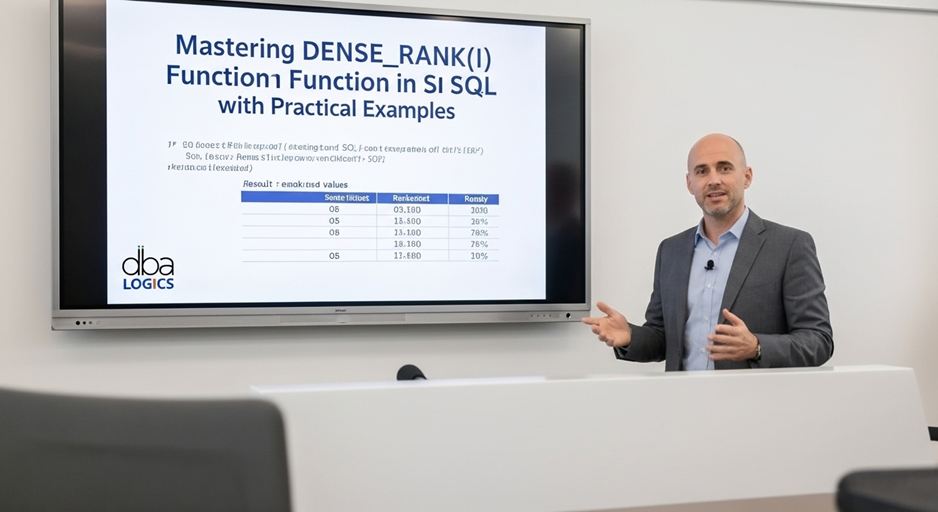

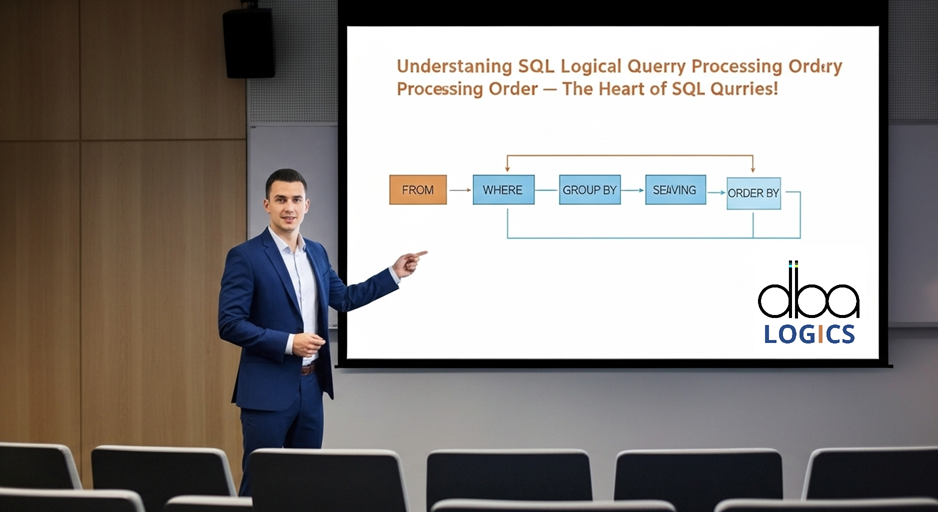



Post Comment
Your email address will not be published. Required fields are marked *